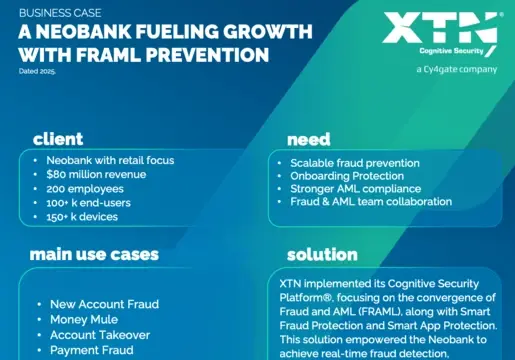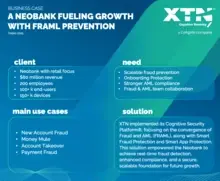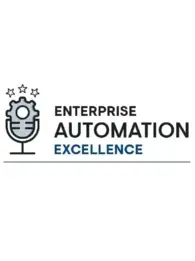
Suppliers are indispensable to businesses, and hence, managing them is a crucial aspect of running an organisation smoothly. In procurement, supplier management refers to the management of all processes that are a part of the supplier lifecycle; this also includes assessing their strengths and weaknesses.
The supplier management process involves identifying, selecting, and managing relevant third-party vendors and assessing their performance. But why is it important to focus on managing suppliers? Let’s see.
Article contributed by Mohammed Kafil, Founder of SupplySail
Why Do We Need Supplier Management?
Organizations need to track their suppliers’ performances to ensure they meet the organizational requirements and standards. This evaluation is critical to ascertain whether the investment in suppliers is yielding optimal returns.
Effective supplier management leads to transparency in the supplier lifecycle and lets organizations identify if there is room for further improvements in any process; clear communication with suppliers further aids in making these improvements.
What does a Supplier Management Process Need to Consist of?
Here are some tips that can make your supplier management process more effective and successful:
Clarity of Business Goals
Before initiating the supplier management process, clear identification of business objectives is necessary. The predefined set of goals will summarize the expectations of all departments from vendors, and thus you will be able to connect individual needs to relevant suppliers at once. In addition, having well-defined objectives will further help assess suppliers’ performances.
Well Defined Selection Criteria
After identifying your goals clearly, you will have to define the selection criteria to choose value-driven vendors.
Though the selection criteria vary per organization, standard requirements include pricing, past performance, industrial recognitions, legal reputation, etc.
Holistic Analysis for Value
Next, the suppliers will have to be assessed against your entire selection criteria. You will have to assess the quotations and proposals offered by relevant suppliers to ascertain that you make optimum cost savings and receive maximum value.
The supplier terms and conditions will have to be analyzed in detail to see how well those suppliers meet the organizational requirements and goals. Moreover, you will need to perform a thorough analysis of the suppliers’ strengths and weaknesses and see how different factors such as environmental, legal, and competition can affect your deals with them.
Supplier Performance Evaluation
After onboarding suppliers, you need to be consistent in assessing their performance against your objectives and requirements. Consistent evaluation also provides visibility into areas that can benefit from improvement.
In essence, regular assessment can show you how efficient your supplier management process is and how to optimize it further. Using KPIs can give you factual data to help with supplier performance evaluation. For example, you can evaluate supplier performance against standard defect rate, i.e., the number of substandard products/total number of units tested.
How Can You Improve Your Supplier Management Process to Make It a Success?
Given the importance of supplier management, organizations need to work on streamlining it.
Here are a few steps that can be taken to improve the supplier management process:
Segment & Communicate
It is crucial to communicate your expectations and demands to your suppliers: they can only make the most relevant propositions about appropriate packages, products, and deals if they understand your purpose correctly.
Segmenting your suppliers on the basis of different categories such as procurement spend or products can help you focus on those which are critical to your business. This way you can establish more effective communication and ensure healthy relationship with the suppliers that matters the most in your available resources.
Build Better Relationships
Supplier management goes beyond transactional analyses. First, you need to make sure you value your suppliers to collaborate with them to establish long-term relationships. Proactively encouraging supplier involvement in the decision-making process can let you derive advantages from the synergy and help build collaborative relationships with them.
Supplier segmentation helps here as well: by categorizing suppliers, you can see the extent to which different suppliers are necessary to your business and develop working relationships accordingly.
Increase Spend Visibility
It is important for organization to have a clear visibility on how much they are spending on which supplier. If you are unaware of your spending on different suppliers and the details of the items bought, you can not assess whether you are getting decent services at good prices.
Clear spend visibility can aid supplier management by facilitating vendor comparison and enabling transparency by shedding light on hidden and undocumented costs. For example, suppose your contracted price cover all miscelleneous costs but after a few months your supplier starts charging you additional costs. If you have greater spend visibility, you can easily identify these unjustified costs.
Measure Supplier Performance
It is more than just simply checking on them manually! You need to set KPIs to ensure that your suppliers are delivering according to your expectations and demands. Certain useful KPIs are:
- Supplier Lead Time to measure the amount of time elapsed between the receipt of an order and its delivery.
- PO/Invoice Costs to understand the components of the total cost to help in comparison against other vendors and in the identification of aspects that can benefit from automation.
- ROI to determine the cost-efficiency of the procurement strategy.
Assess Risks
Proper risk management strategies are crucial to supplier management processes. It is critical to identify financial, operational, data security, and regulatory risks throughout the supply chain, analyze their impact and devise measures to mitigate them.
Through categorizing your suppliers, you clearly determine your level of risk exposure. For example, if you depend on a single source of supply for critical goods and services, your organization will be at a great risk if they are unable to fulfill your orders.
Conclusion
Efficient supplier management can let organizations improve their supply transparency and track supplier performances effectively. This enables them to manage growing supply bases, achieve cost savings, and ensure quality control. These benefits can provide you with the competitive edge you need to come out on top in today’s competitive markets.















Comments ( 0 )